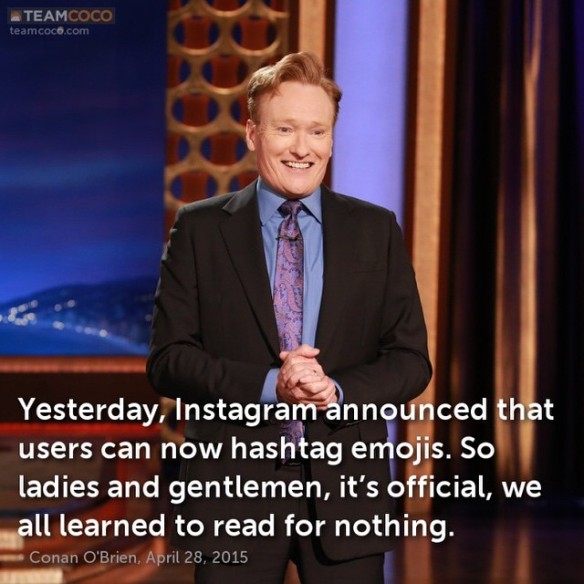This is my latest post for PNConnect. Read it here.
More and more media companies are eliminating comments from their sites, as they realize they lack the resources for effective moderation and that much of the worthwhile conversation has moved to social networks. Others have installed Facebook or other external comment tools so they don’t have to host an infrastructure themselves. But no matter where interactions take place, every publisher needs an effective and publicly accessible comment moderation policy in place. If a brand is going to be its own publisher and start a conversation, it should be prepared to host and manage the resulting discussion.
 A comment policy’s goal is simple: To inform everyone, openly and clearly, what the rules are for polite discourse. Here are our guidelines for the key areas to cover.
A comment policy’s goal is simple: To inform everyone, openly and clearly, what the rules are for polite discourse. Here are our guidelines for the key areas to cover.
RULES FOR COMMENT TOPICS
Every blog and social channel profile has a specific content focus, whether it’s a brand, a product, or some other topic. Some profiles are scaled to deal with customer service issues while others restrict themselves to promotional content. However, the audience doesn’t always know or care about this distinction. People will naturally find their way to your profile with a question that should be directed elsewhere, and it’s your job to clear up the confusion and redirect them. This begins with clarifying, upfront, what topics comment responses will address, and how off-topic comments will be handled.
Sample copy:
This Facebook page is about news and updates relating to ACME Corporation. Please do not leave customer service questions in the comments as such comments will be removed and forwarded to the customer service department, which can be reached at 800-555-5555 or companysite.com.
POLICY FOR COMMENT DELETION
Alongside topic guidelines, specify when and why you’ll delete visitor comments.
There are three common reasons a comment would need to be deleted:
1. It’s rude or insulting: Everyone knows that comments can devolve into name-calling, personal attacks and more pretty quickly. (We’re looking at you, YouTube.) Specify upfront that this is out of bounds.
2. It’s spam: Comment sections sometimes fill up quickly with accounts promoting themselves, selling mail-order medication, or sharing get-rich-quickly schemes.
3. It’s threatening: Occasionally, a comment will cross the line from annoying to actually concerning — for instance, threatening a company executive.
Sample copy:
We reserve the right to remove any comment that violates this policy because it uses vulgar, illegal or inappropriate language; is threatening or defamatory of ACME Corporation, its executives, or its customers or invades their privacy in any way; infringes on the intellectual property rights of ACME Corporation; or contains links or messages relating to political campaigning, commercial solicitation, chain letters, or other inappropriate material or topics.
GETTING POSITIVE
The ultimate objective is to move from the negative (moderating and removing comments) to the positive (fostering productive conversation) in your channels’ comments sections. Here are the key ingredients to maintaining the right tone:
- Moderate comments effectively and consistently. A healthy garden is a well-tended garden. Set a regular schedule for comment review and stick to it.
- Assign an owner. Someone should be running point on vetting inbound comments and directing them to whoever can respond most effectively.
- Create a response workflow, including a manager and response teams. Know who is responsible for vetting comments, who that manager is assigning comment responses to, and what the expectations for turnaround are.
- Encourage individual writers to monitor comments on their posts for the first 24 hours. This can help the writers learn more about the responses to their posts and about common questions or areas of interest.
Like this:
Like Loading...


